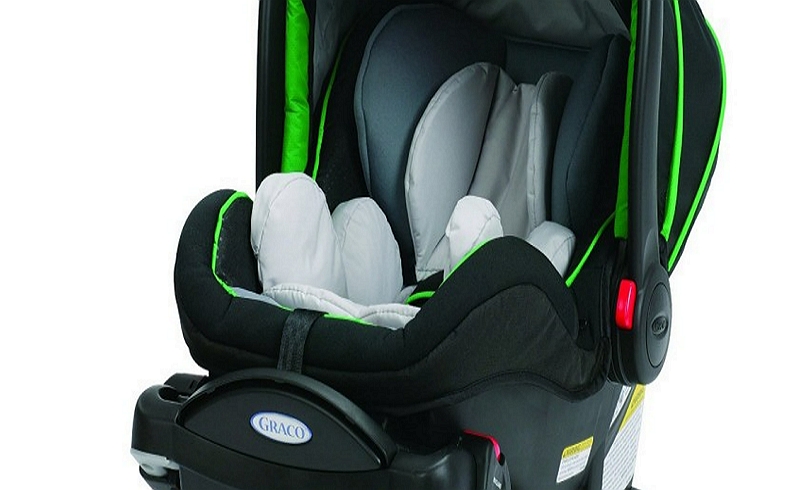How to wrap a car seat for a baby shower? This is a common question from new parents. However, reading through this article, you will learn how to do so.
– Wrap your car seat in a cute cloth to make it look festive. There are several different ways you can do this, so you will want to experiment until you find the way that works best for you.

– You may also wish to consider how long the baby shower is lasting and what time of day or night it is if there are other factors involved with choosing an appropriate fabric choice.
– Generally, light fabrics work better since they tend not to weigh down on thicker materials like burlap or crochet patterns when combined tightly around a heavier material such as plastic or metal mesh.
– If possible, choose a patterned fabric that coordinates well with the theme of the party rather than one from your home collection unless otherwise indicated by the hostess at which point you should follow her lead.
When can I drive alone with my baby?
If you are ready, the DMV recommends starting with short trips close to home. Then slowly increase your driving time and distance. You can also get help from other drivers or another adult who is familiar with how small children ride in cars safely by following these tips:
• The safest place for infants during a car accident is properly buckled up in their rear-facing carseat while seated on an automobile seat that has been secured into the back of your vehicle (not on your lap) without any additional items obstructing them.
This includes but is not limited to water bottles, diaper bags, toys, cell phones etc. unless they’re being used as part of a child safety restraint system like LATCH or top tethers.
• For older children who have outgrown their carseat, the safest place for them to ride is in a correctly installed booster seat with both shoulder belts and lap belts fastened tightly.
• If a child needs to sit on your lap while you’re driving then they should be held securely by at least one adult using either an upper back-restraint device or around the waist while placing an automobile safety belt over the top of both shoulders/lap area.
An infant’s skull can fracture from as little as 40 mph if it strikes something inside of a vehicle without any other outside forces being applied against them so keeping all passengers properly restrained will allow you to arrive safely at your destination no matter how far away it may seem. To keep our kids safe, we need to take care of them properly.
At what age does the 2-hour car seat rule end?
The car seat rule ends at the age of eight. However, it is still important to keep in mind that children are not ready for a standard seat belt until they have reached either 145 centimetres tall or nine years old.
This means that if your child was about an inch too short when she turned eight, you would need to put her back into a booster seat for another year before putting on just using the vehicle’s regular safety belts.
If you feel like this might be what is happening with your child then talk over these things with his paediatrician. There may also be some other options available that could help him stay safer during car rides while he continues growing.
The bottom line is though- make sure your kids are safe! It is a great idea to invest in a booster seat for your child if she is still under the height and weight requirements of using a standard safety belt alone.
At what age does the 2-hour car seat rule end?
The car seat rule for children in cars is not age-specific. The American Academy of Pediatrics (AAP) recommends keeping your child rear-facing until they are two years old, or when they reach the highest weight limit allowed by their car seat’s manufacturer.
This keeps them safe during a crash because it spreads out the force of impact evenly throughout their entire backside instead of mostly on their neck and head.
Manufacturers only allow weights up to 35 pounds or 32 inches tall before switching to forward-facing seats which support growing bodies better than rear-facing ones do.
At that point, either switch to an adult belt-positioning booster seat if possible once you’ve reached the height limits of your current one or continue using just a regular safety belt with the seatbelt on the child’s shoulder and lap.
Can I put my 1-year-old in a forward-facing car seat?
It is recommended to keep children in a rear-facing car seat until they are at least one year old. After that, you can switch them into the forward-facing car seat.
You will need to make sure that it has two things: height and weight limits for your child’s size, as well as an internal harness system for their safety.
Once you have chosen the right type of forward-facing car seat, buckle your child in place with both straps over each shoulder and across their hips or upper thighs using either LATCH or vehicle belts depending on which method your particular model uses.
Then tighten down all four straps securely enough so there is no more than one inch of movement when pressed between thumb and forefinger near the collarbone. Once you have your child in place, turn them to a forward-facing position and check the fit again.
